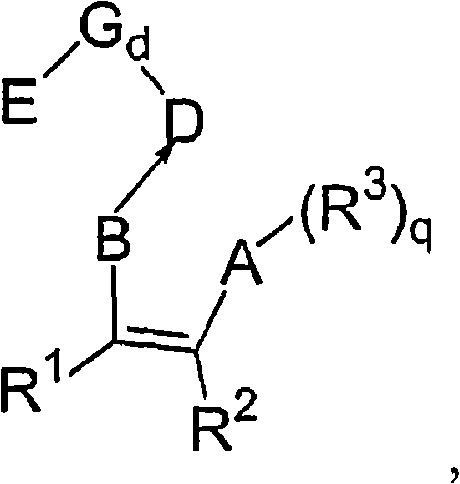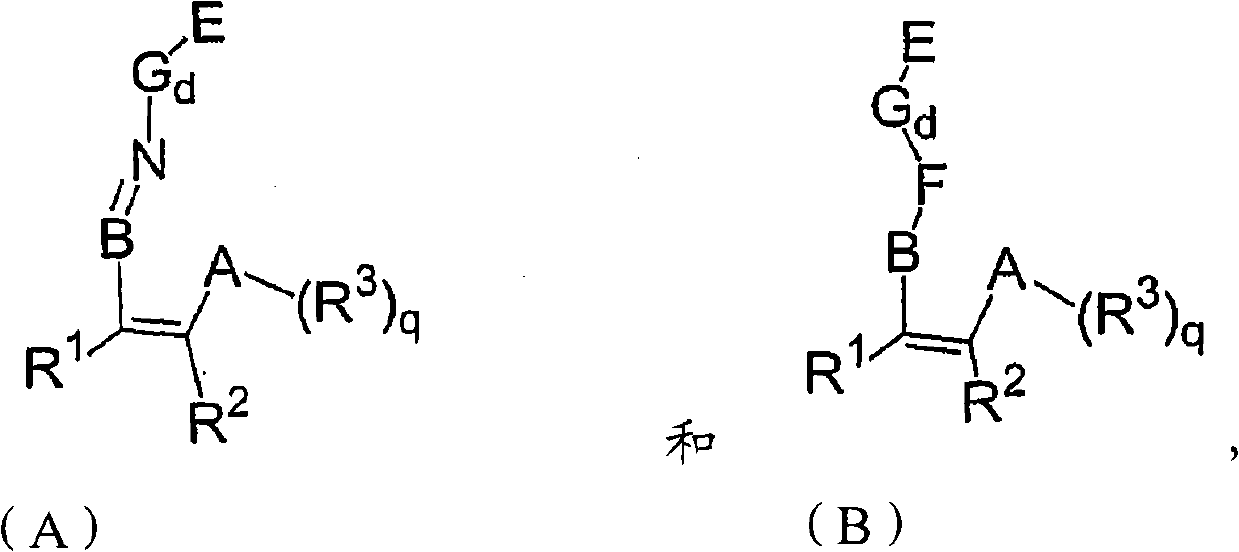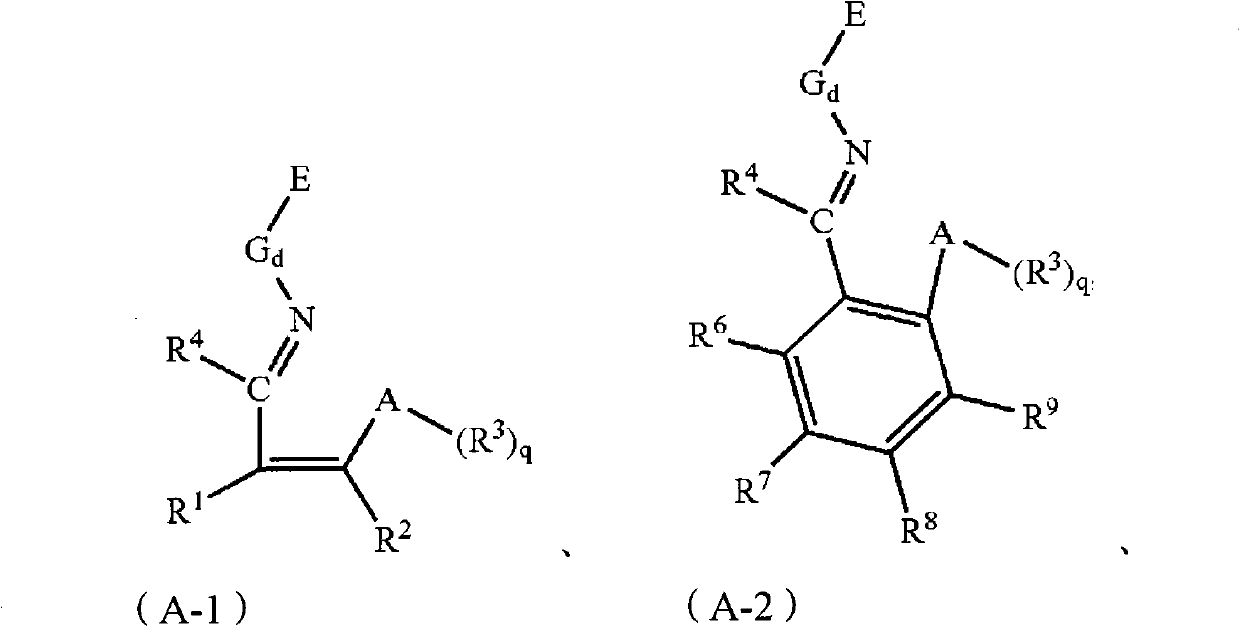Loaded non-metallocene catalyst, its preparation method and application
A non-metallocene, non-metallocene ligand technology, applied in the field of non-metallocene catalysts, can solve the problems of low catalytic activity, easy breakage, poor polymer morphology, etc., and achieves the effect of a simple preparation method
- Summary
- Abstract
- Description
- Claims
- Application Information
AI Technical Summary
Problems solved by technology
Method used
Image
Examples
no. 1 approach
[0159] In the context of the present invention, unless otherwise clearly defined, or the meaning is beyond the scope of understanding of those skilled in the art, hydrocarbon or hydrocarbon derivative groups with more than 3 carbon atoms (such as propyl, propoxy, butyl , butane, butene, butenyl, hexane, etc.) all have the same meaning as when the prefix "positive" is not prefixed. For example, propyl is generally understood as n-propyl and butyl is generally understood as n-butyl.
[0160] The invention relates to a preparation method of a supported non-metallocene catalyst, comprising the following steps: reacting a porous carrier optionally subjected to thermal activation treatment, a Grignard reagent and a halogenating reagent to obtain a composite carrier; making the non-metallocene complex The step of contacting the body with the composite carrier in the presence of a solvent to obtain a mixed slurry; directly drying the mixed slurry to obtain a modified composite carrier...
Embodiment 1
[0350] The Grignard reagent adopts methylmagnesium chloride (MeMgCl), the solvent for dissolving the Grignard reagent adopts tetrahydrofuran, the halogenated reagent adopts chlorobutane, and the porous carrier adopts silica, that is, silica gel, and the model is ES757 of Ineos Company, which is non-metallocene The ligand adopts the structure The compound, the chemical treatment agent adopts titanium tetrachloride, and the second solvent adopts dichloromethane.
[0351] Firstly, the silica gel was continuously fired at 600° C. under nitrogen atmosphere for 4 hours to thermally activate it.
[0352] Weigh the activated silica gel, add Grignard reagent solution (containing 0.1mol Grignard reagent) at room temperature to form a homogeneous slurry, and add the halogenating reagent dropwise to the homogeneous slurry with stirring at room temperature, and the dropping time is 30 minutes. After the dropwise addition was completed, the mixture was stirred at room temperature for 2 ho...
Embodiment 2
[0358] The Grignard reagent uses ethylmagnesium chloride (EtMgCl), the solvent used to dissolve the Grignard reagent is ether, the halogenated reagent uses ethyl chloride, and the non-metallocene ligand uses The porous carrier was changed to 955 type silica gel of Grace Company, which was continuously calcined at 400° C. under nitrogen atmosphere for 8 hours to be thermally activated. The chemical treatment agent was titanium tetrachloride, and the second solvent was chloroform.
[0359] Wherein the proportioning is that the proportioning of the Grignard reagent in terms of Mg element and the solvent for dissolving the Grignard reagent is 1mol: 500mL, and the molar ratio of the Grignard reagent to the halogenated reagent is 1: 2; The molar ratio of the metal ligand is 1: 0.1; the molar ratio of the Grignard reagent to the chemical treatment agent is 1: 0.20; the amount ratio of the Grignard reagent to the porous carrier is 1mol: 100g; the ratio of the non-metallocene ligand to...
PUM
 Login to View More
Login to View More Abstract
Description
Claims
Application Information
 Login to View More
Login to View More - R&D
- Intellectual Property
- Life Sciences
- Materials
- Tech Scout
- Unparalleled Data Quality
- Higher Quality Content
- 60% Fewer Hallucinations
Browse by: Latest US Patents, China's latest patents, Technical Efficacy Thesaurus, Application Domain, Technology Topic, Popular Technical Reports.
© 2025 PatSnap. All rights reserved.Legal|Privacy policy|Modern Slavery Act Transparency Statement|Sitemap|About US| Contact US: help@patsnap.com



